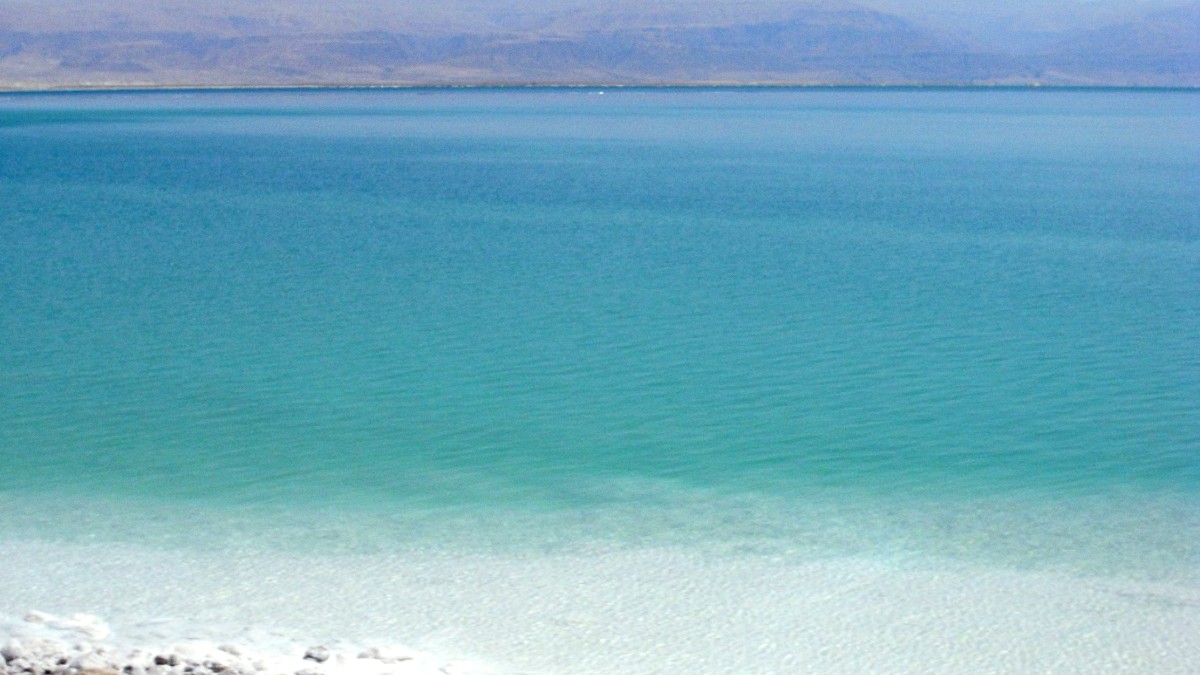
Israel And The Palestinian Territories
Identify the main international gateways for your journey.
Understand airline options and seasonal price changes.
Allenby/King Hussein Bridge for Jordan/northern Dead Sea (no private vehicles). Sheikh Hussein/Jordan River Crossing (north). Yitzhak Rabin/Arava Crossing (far south). Entry/exit to Palestinian areas via Israeli checkpoints.
No direct train services to the Dead Sea; nearest stations are Beersheba/Dimona. Egged is the main bus company, connecting major cities to Dead Sea sites. Palestinian bus companies serve West Bank routes.
Valid national driver's license and International Driving Permit (IDP) are necessary. Roads are generally well-maintained. Waze and Google Maps are effective for navigation. Renting offers maximum flexibility.
Smooth airport departures involve early arrival due to security.
For convenience, pre-book private transfers from airports.
Have cash ready for land border departure taxes.
Verify border crossing hours; they vary by day and holidays.
The Dead Sea is an unique geographical feature with characteristics that preclude certain types of travel.
This means that travel to the Dead Sea is exclusively via air or land transportation.
Highways leading to the Dead Sea, like Route 90 and Route 31, are generally well-maintained and in good condition.
In summer heat, monitor your vehicle's engine temperature and ensure sufficient water for all passengers.
Be aware of speed cameras and occasional police presence; speed limits are enforced.
Renting a car offers the most flexibility for exploring the Dead Sea region and accessing remote sites. Utilize navigation apps like Waze or Google Maps for efficient travel.